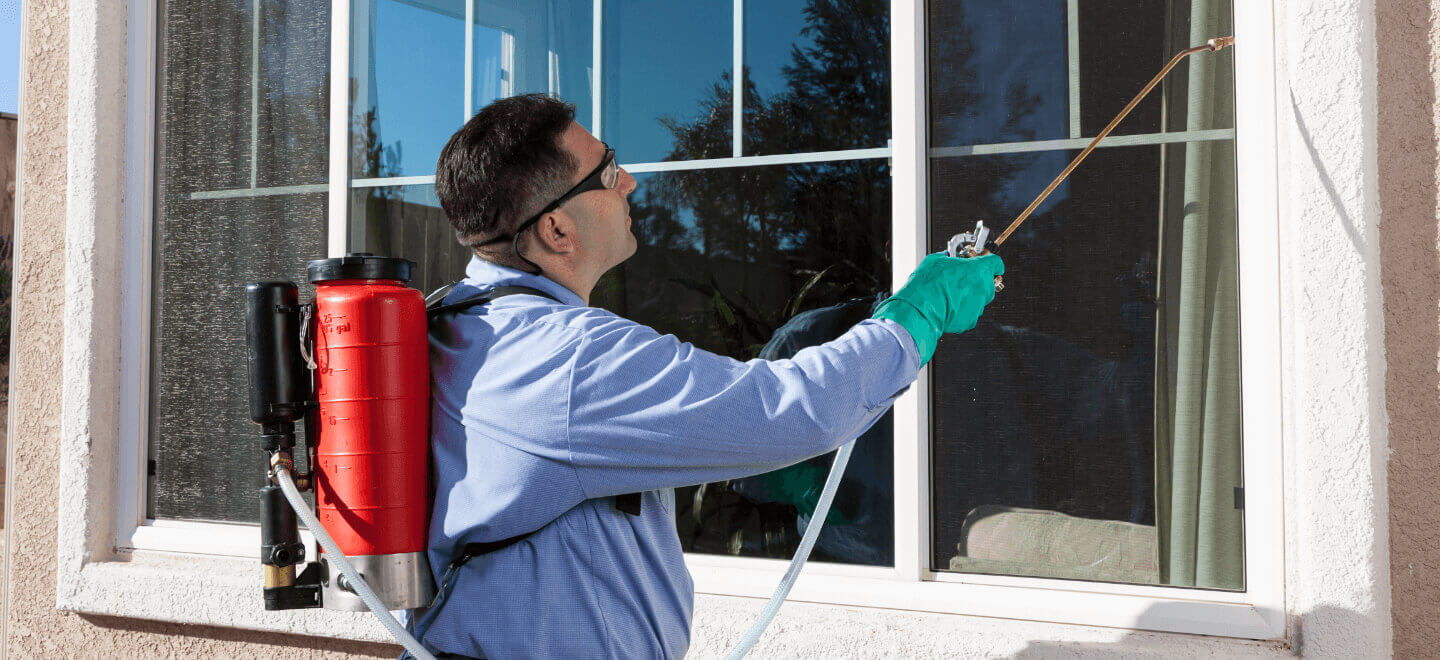Effective Pest Control Providers: A Thorough Check Out Elimination Techniques and Avoidance Procedures
In the realm of pest control services, the effective administration of infestations calls for a careful approach that incorporates numerous techniques and actions for both eradication and prevention. From Integrated Bug Management (IPM) approaches that prioritize lasting options to chemical elimination strategies developed for targeted removal, the arsenal against insects is huge and complex.

Integrated Pest Monitoring (IPM) Methods
Integrated Insect Administration (IPM) Methods encompass a thorough method to pest control that concentrates on tracking, avoidance, and control approaches to effectively take care of bug populaces. By integrating different techniques, IPM aims to lessen the influence of parasites while additionally reducing the dependence on chemical pesticides. Avoidance lies at the core of IPM, emphasizing techniques like correct sanitation, maintenance of hygiene, and securing entry factors to deter bugs from infesting structures. Monitoring plays a critical duty in IPM by on a regular basis determining and evaluating parasite levels to identify the ideal treatment thresholds. Control methods in IPM prioritize the use of physical, biological, and cultural approaches before transforming to chemical therapies as a last option. These strategies consist of presenting all-natural killers, environment modification, and employing trapping devices to keep bug populations in check. Generally, IPM promotes a environmentally aware and sustainable approach to pest management, promoting lasting remedies that protect both human wellness and the ecological community.
Chemical Elimination Methods
Chemical elimination methods are commonly used in bug control services to successfully eliminate parasite populations that pose a hazard to human health and wellness and residential property. These techniques entail making use of numerous chemical compounds especially developed to target and eliminate pests such as bugs, rodents, and various other undesirable animals. The application of chemicals, pesticides, rodenticides, and various other chemical agents is thoroughly regulated to make sure optimum efficiency while decreasing dangers to humans, pets, and the setting.
One of the vital advantages of chemical extermination methods is their capability to provide quick and targeted results, making them particularly beneficial in instances of severe infestations or immediate pest control requirements - a1 commercial pest control portland. However, it is important to stress the importance of proper handling, application, and disposal of these chemical products to avoid unintended harm
Furthermore, integrated insect administration (IPM) techniques usually combine chemical extermination techniques with other methods such as sanitation, environment alteration, and organic controls to develop a lasting and detailed parasite control strategy. By integrating chemical extermination methods sensibly within an IPM framework, pest control solutions can properly take care of parasite populaces while decreasing possible dangers to human health and the environment.
Organic Parasite Control Techniques
Employing all-natural killers and parasites to take care of pest populaces is a sustainable technique understood as organic insect control. a1 pest control in portland oregon bed bugs. One usual biological control approach includes presenting natural opponents of the target parasite varieties, such as ladybugs for aphid control or nematodes for termite invasions.
An additional efficient organic control strategy is the use of microbial pesticides. These are normally happening microbes, such as bacteria, fungi, and infections, that particularly target and contaminate particular pest varieties. By utilizing these microbial agents, bug populations can be successfully lowered without causing or harming advantageous microorganisms damage to the environment.
Physical Insect Prevention Procedures
Implementing physical parasite prevention actions includes making use of barriers and architectural adjustments to deter bugs from entering or infesting a property. Installing door moves, displays find more on windows, and securing cracks in the foundation can help stop pests like bugs and rats from acquiring accessibility indoors.
Another physical prevention measure is the usage of obstacles like secure fencing to maintain bigger bugs such as deer or raccoons away from the property. By implementing these physical bug avoidance procedures, building proprietors can dramatically lower the danger of bug infestations and the damages they can create.
Specialist Bug Evaluation Procedures
Performing organized and extensive pest examinations is a fundamental aspect of expert pest administration protocols. Specialist parasite inspectors are trained to meticulously check out homes for signs of problems, recognizing pest types, access points, and conducive conditions. The assessment procedure normally starts with a thorough evaluation of both the interior and outside of the properties. This entails monitoring for pest droppings, munch marks, nests, and any kind of structural damage that may indicate pest activity. Furthermore, inspectors might make use of specific devices such as wetness meters and borescopes to discover concealed problems within walls or crawl areas.

Final Thought
Finally, reliable bug control services utilize a range of methods, including Integrated Insect Monitoring methods, chemical extermination techniques, biological controls, and physical prevention actions. Specialist pest evaluation procedures play a crucial function in determining and dealing with pest problems in a timely way. By implementing a mix of these methods, homeowner can efficiently avoid and take care of pest infestations.
From Integrated Insect Management (IPM) you could check here methods that focus on lasting services to chemical extermination techniques designed for targeted elimination, the arsenal versus pests is complex and huge.Integrated Parasite Monitoring (IPM) Techniques include an extensive approach to pest control that focuses on avoidance, control, and monitoring techniques to effectively manage insect populaces.Chemical elimination strategies are commonly employed in parasite control solutions to properly remove bug populations that posture a risk to human health and home.Using natural predators and bloodsuckers to handle pest populaces is a lasting technique recognized as biological insect control.In verdict, reliable insect control services great site employ a selection of methods, including Integrated Pest Administration techniques, chemical elimination techniques, biological controls, and physical prevention steps.